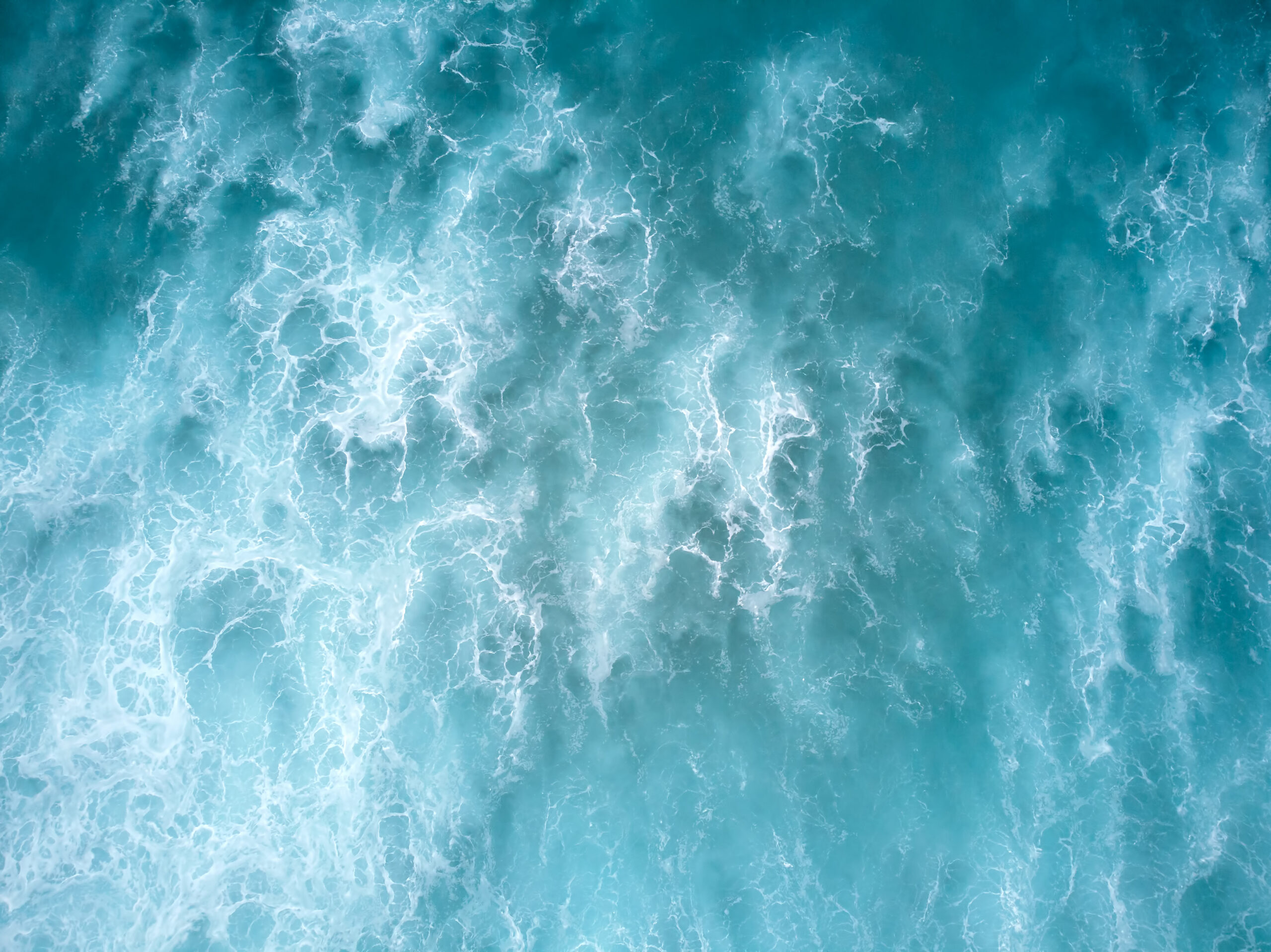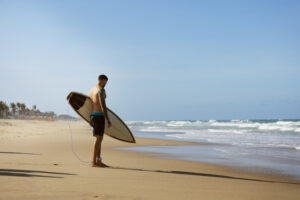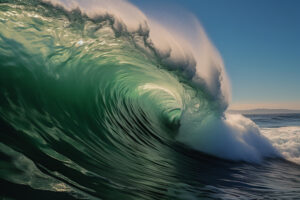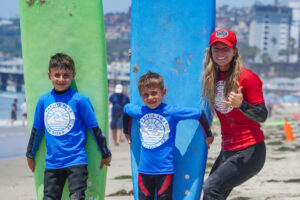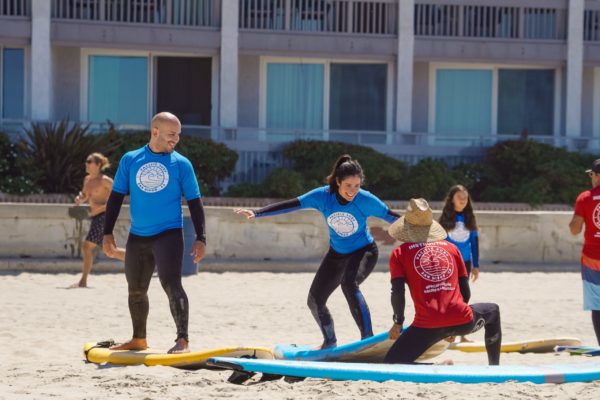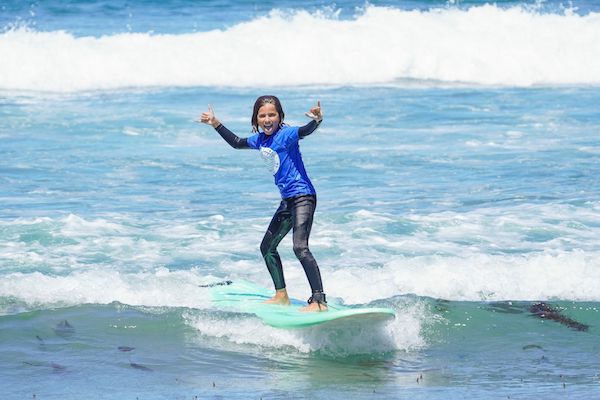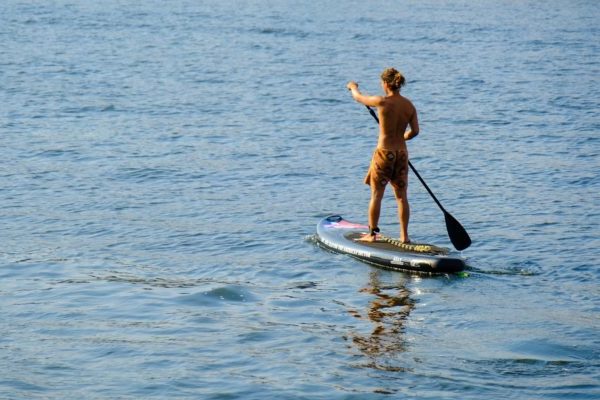Understanding the types of tides and their impact on surfing is more than just a basic skill; it’s a fundamental necessity for mastering the waves. The relationship between tides and wave quality is one of the most essential aspects to grasp when entering the world of surfing. At any beach, anywhere in the world, tides have a direct impact on wave formation and behavior, influencing the surfer’s experience in significant ways.
By understanding the types of tides, a surfer can anticipate and adapt to changes in sea conditions, maximizing their chances of finding ideal waves. From the height and power of waves to the direction and speed at which they break, every aspect of surfing is linked to the tide cycle. High tide can provide more powerful and tubular waves, while low tide can reveal sandbanks and rocky formations that create smoother and more consistent waves.
The Main Types of Tides and Their Impact on Surfing
For surfers, understanding the different types of tides is crucial to maximizing their experience in the water. Variations in sea level directly influence wave formation and quality, determining the ideal times for surfing and the necessary strategies for facing variable conditions. Below are the main types of tides:
High Tide (Flood Tide) and Low Tide (Ebb Tide)
The cycle between high tide and low tide is one of the most fundamental characteristics of tides. During high tide, the water level reaches its highest point, while during low tide, it reaches its lowest point. These variations directly affect wave formation and surfing conditions.
In general, high tide tends to provide more powerful and substantial waves, ideal for surfers seeking tubes and more radical maneuvers. The extra push of water results in bigger and fuller waves, providing an exhilarating experience for experienced surfers seeking challenges.
On the other hand, low tide reveals sandbanks and rocky formations, creating smoother and more consistent waves, ideal for beginner surfers or those seeking a more technical surf. Exposed sandbanks can offer long and consistent sections, perfect for perfecting maneuvers and practicing new skills.
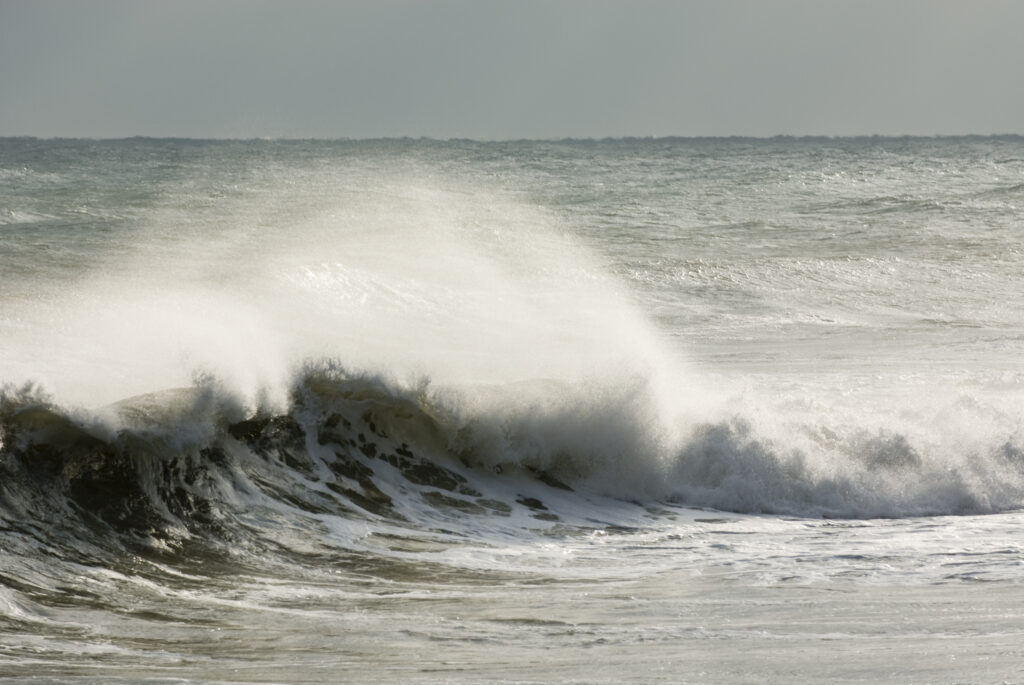
Spring Tide and Neap Tide
Spring tides and neap tides refer to variations in amplitude between high and low tides. During spring tides, amplitudes are larger, resulting in higher high tides and lower low tides. This can create extreme surfing conditions, with powerful and challenging waves, especially on exposed beaches where wave strength is amplified by high tide.
On the other hand, neap tides are characterized by smaller amplitudes, resulting in more subtle variations between high and low tides. Although waves may be less impressive during neap tides, conditions can be more predictable and suitable for less experienced surfers or training sessions. Neap tides are also ideal for surfers seeking calmer and less crowded waters, offering a peaceful atmosphere to enjoy surfing.
But why learn about the different types of tides?
Understanding the nuances of tidal patterns is not just a matter of knowledge; it’s a crucial aspect of mastering the art of surfing. Surfers must grasp the intricacies of tide dynamics to optimize their riding experiences. This involves more than just recognizing high and low tide times; it’s about comprehending how various tide cycles influence wave behavior, break patterns, and the overall surfing environment.
Surfers who delve into the study of tides gain a competitive edge. They can strategically plan their surfing outings, selecting the most suitable spots and times to catch the best waves. Whether it’s riding the powerful swells of a spring tide or enjoying the tranquility of a neap tide, understanding these distinctions allows surfers to tailor their approach, maximizing enjoyment and performance.
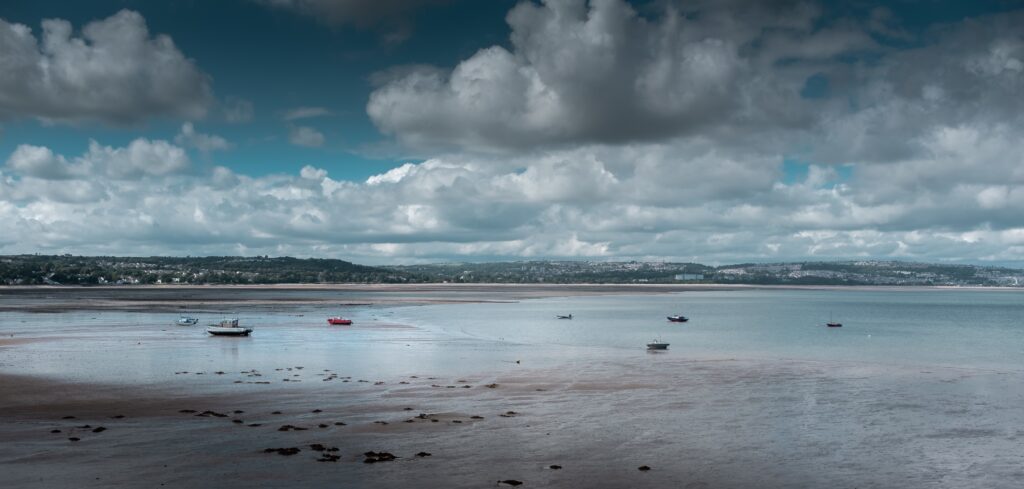
Moreover, familiarity with tide dynamics fosters a deeper connection with the ocean. Surfers develop a profound appreciation for the natural forces at play, recognizing the ebb and flow of the tides as integral components of the marine ecosystem. This heightened awareness instills a sense of stewardship, prompting surfers to advocate for environmental conservation and sustainable practices.
By immersing themselves in the study of tides, surfers embark on a journey of continuous learning and discovery. They become attuned to the subtle rhythms of the ocean, honing their skills not only as athletes but as astute observers of nature.
Ready to improve your surfing skills and make the most of tide conditions? Join Mission Beach Surfing School today! The school’s experienced and passionate instructors will help you reach your maximum potential in surfing!

